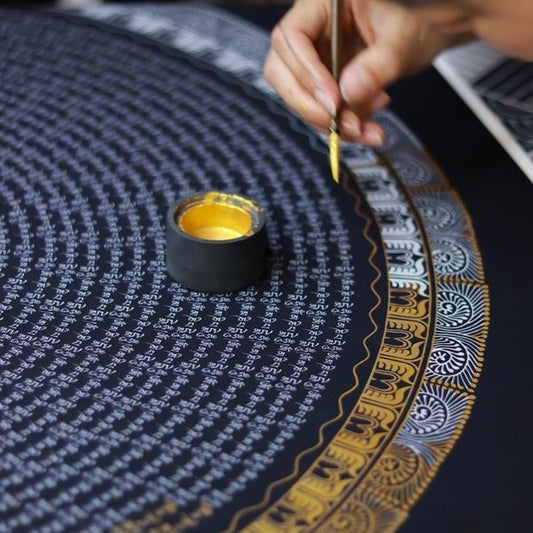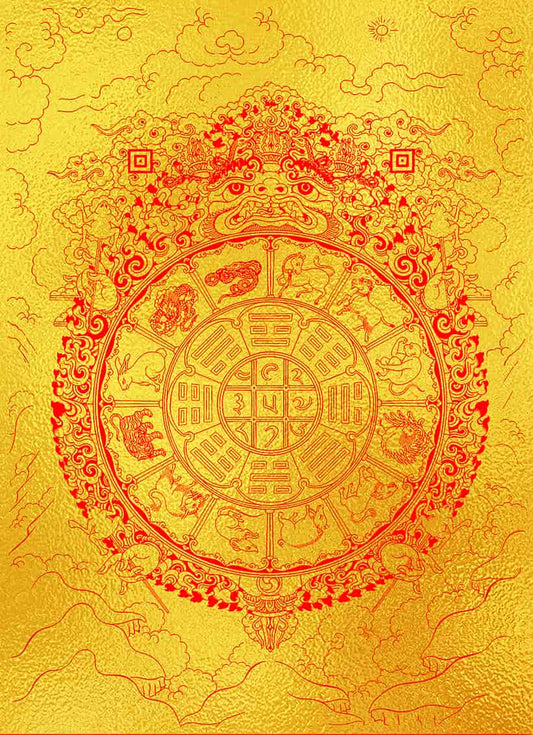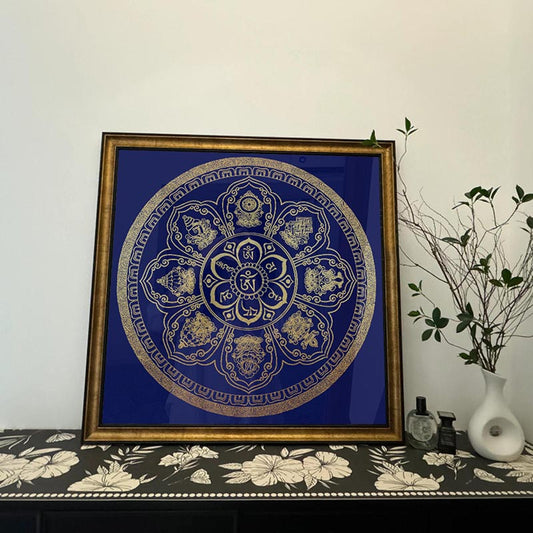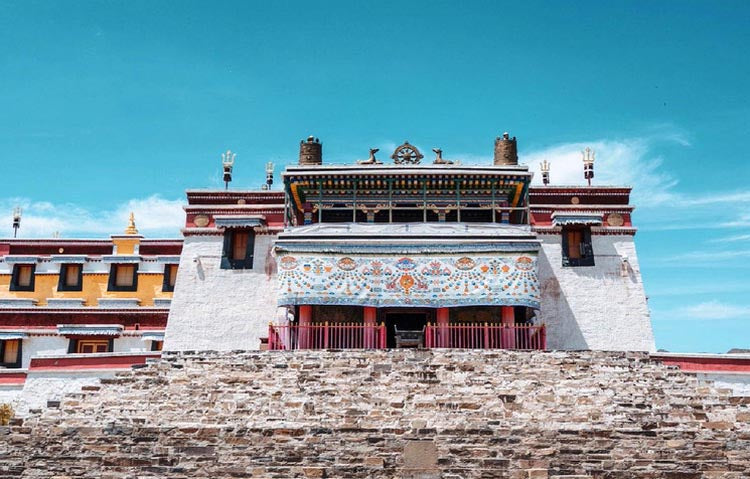Thangka Painting School in Kathmandu A Portal to Tradition
Thangka Painting School in Kathmandu A Portal to Tradition
Wandering through the vibrant streets of Kathmandu, where ancient temples stand amidst modern chaos, you might stumble upon a doorway that leads not just into a building, but into a world steeped in tradition and spirituality. Here, nestled within the bustling city, lies a thangka painting school—a sanctuary where the whispers of the past converse with the aspirations of the present.
At first glance, a thangka painting school may look like any other studio, with students hunched over canvases, brushes in hand, and concentration etched on their faces. But it's the details that reveal the depth of this world: the smell of natural pigments derived from earth and stone, the rhythmic sound of brushes meeting canvas, and the profound silence that occasionally fills the room—a silence that speaks volumes.
The significance of such schools in Kathmandu is woven into the very fabric of Tibetan Buddhism. Here, the creation of a thangka is not merely an artistic endeavor; it is a form of devotion, a meditation in motion. Each brushstroke is a mantra, guiding the artist—and the viewer—on a journey toward enlightenment. Unlike modern art courses, these schools preserve ancient techniques passed down through generations, ensuring that the spiritual lineage remains unbroken.
One of the unique features of these schools is their approach to pigments. Rather than relying on synthetic colors, artists meticulously prepare their own paints from natural materials like crushed gemstones, plants, and minerals. This method not only connects the art to the earth but also imbues each color with an energy that is said to resonate with the soul. Imagine the deep azure of lapis lazuli, offering tranquility and healing, or the rich, vibrant red of cinnabar, symbolizing the warmth of compassion.
Learning to paint a thangka is a rigorous spiritual practice. Students often begin with years of drawing, learning to perfect the geometry and proportions that are foundational to the art. Only once they have mastered these elements are they allowed to apply color—an endeavor that can take months or even years for a single piece. It's a process that demands patience, precision, and a deep respect for tradition.
In this setting, you may encounter humble teachers who speak of their craft with reverence, sharing stories of their masters who, decades before, instilled in them a sense of duty to preserve this ancient heritage. Each completed thangka is not just a piece of art but a vessel of knowledge—a keeper of the wisdom, teachings, and visions of countless monks, lamas, and artists who walked this path before.
A visit to a thangka school in Kathmandu offers more than an insight into a craft; it's an invitation to appreciate the intricate tapestry of culture, spirituality, and art that is both timeless and immediate. Whether you are an artist, a spiritual seeker, or simply a curious traveler, stepping into this world is like unfurling a thangka itself—revealing a universe rich in symbolism and meaning, waiting to be explored, cherished, and preserved.
When I think back to my own time in those sacred halls, I’m reminded that the journey of creating a thangka mirrors the journey of life: one of balance, patience, and above all, devotion. It’s a lesson I carry with me, one brushstroke at a time.





